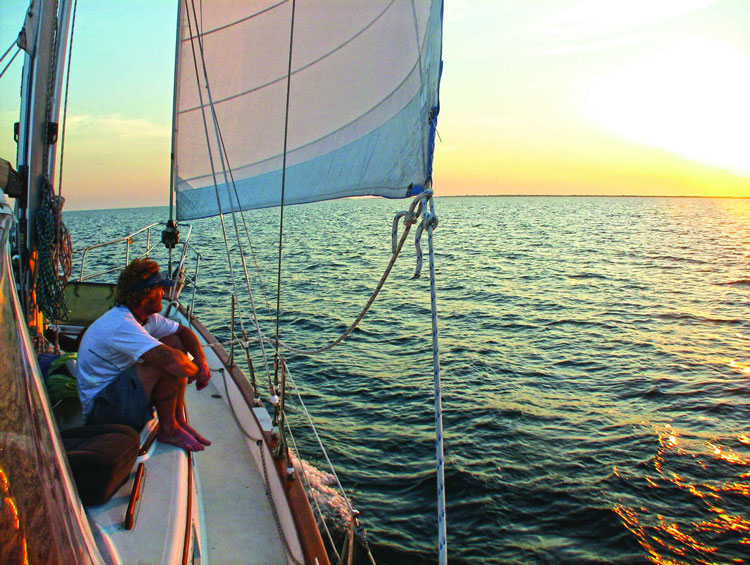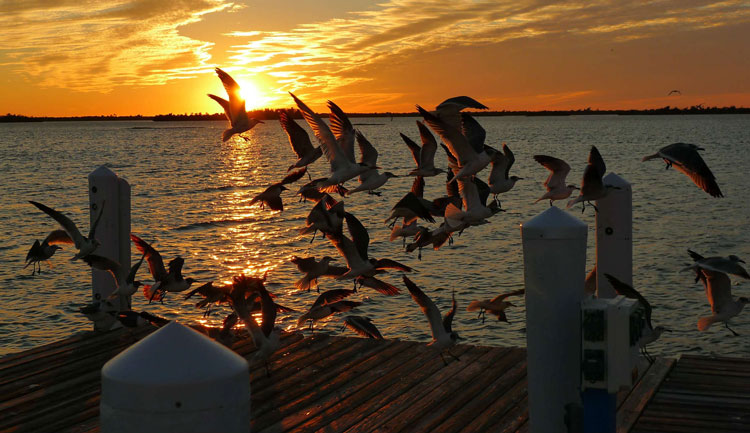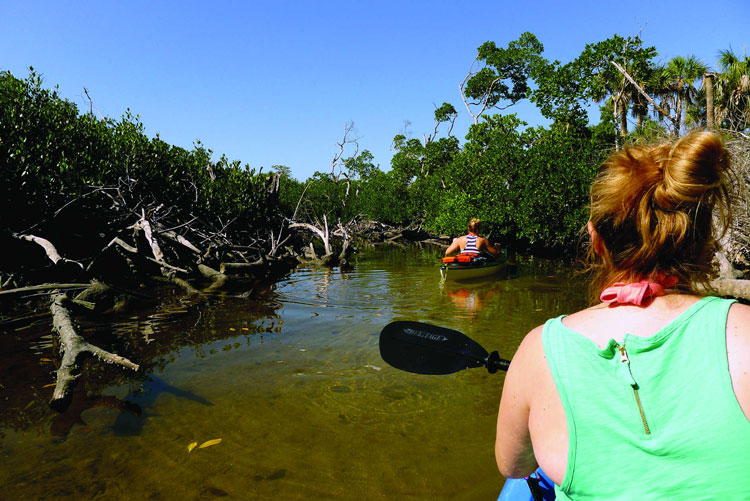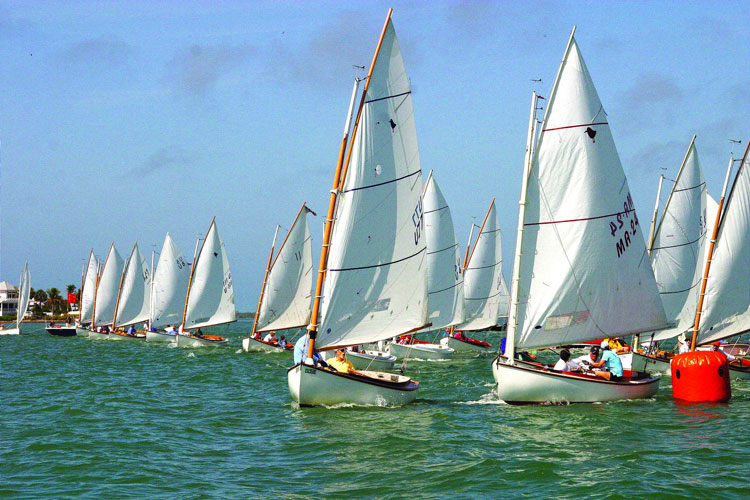An Insider's Guide to a Cruising Sailor's Playground in Western Florida
I’ve fallen in love on the water twice. Once, 38 years ago, when my date abandoned ship to attend to a call of nature. I knew then that Colleen, now my long-suffering wife, had what it takes to be married to a sailor.

And again, 15 years ago, when I awoke to the sound of a pod of dolphins in hot pursuit of a school of baitfish while we were anchored off Marker 60 on the Intracoastal Waterway, just south of Charlotte Harbor, Florida’s cruising, fishing, and gunkholing playground.
Charlotte Harbor covers 270 square miles of pristine sailing and cruising grounds. There’s a nice 12-mile run from Burnt Store Marina on the eastern edge of the harbor west to Boca Grande Pass with plenty of water for all kinds of boats. There’s also good water for shallow-draft boats north of Burnt Store Marina, up the Peace River to a hole-in-the-wall marina and restaurant called the Nav-A-Gator, which boasts some of the best pub grub food this side of Eastport. The Intracoastal Waterway defines the western boundary of Charlotte Harbor.
My wife and I spent five years exploring the area aboard our 43-foot ketch, Wind’s End. Then, we bought a home on Useppa Island and continued our exploration by kayak, catboat, and paddleboard. There’s hardly a Charlotte Harbor sandbar I haven’t been stuck on. Or a beach bar whose libations I haven’t sampled.

What follows is an insider’s guide to all that Charlotte Harbor has to offer.
If sailing is your thing, the area has a number of charter operations which rent bareboat or skippered craft. You’ll find the sailing easy, as long as you believe your depth finder, “read” the water (blue is best; green is good; brown is bad), stay in the channel if you’re navigating the Intracoastal and have a paid-up TowBoatUS or SeaTow membership.
A three- to four-day sailing itinerary might start with a visit to Cabbage Key’s iconic restaurant (there’s more than $10,000 in dollar bills taped to the restaurant’s ceiling).
You’ll want to take your dink behind Cabbage Key to a set of low-slung islands and cut through to the beach following the Tunnel of Love. Then, drop the hook in nearby Pelican Bay, dinghy into the docks, and walk through the Palmettos to the beach. Watch out for wild pigs en route. From there, you can make an easy run out Boca Grande Pass and sail six miles to Captiva Island and South Seas Plantation. Redfish Pass is a little tricky, so hail the dockmaster for the latest information.

Useppa Island is a favorite stop. Some charter companies have an arrangement that allows you to tie up at the dock and use the facilities. Useppa is a special place with plenty of history. The pirate Gaspar was said to have frequented these parts; there’s 10,000 years of Calusa Indian history on display at the Island’s Museum and tall tales aplenty about early 20th century moguls and movie stars who used to frolic there. The island was even used as a CIA training base for Bay of Pigs invaders.

This year, the island’s yacht club is hosting the Sandpiper Worlds, a gathering of about 30 Marshall catboats that is sure to please if you’re a small-boat devotee. For those who’d rather explore via kayak, the Calusa Blueway is a 50-mile waterworld of mangrove rivers, spoil islands, and wildlife galore.
If fishing is your thing, you can’t go wrong with a light-tackle rig and a qualified guide, as the flats fishing in February and early March is some of the best in the country.
A good way to get your bearings is to take an eco- or dolphin-watching tour, such as the one run by Captain Jack LaPlante. (I like to say Jack is a pirate… but he’s my pirate!)
No matter how you slice it, Charlotte Harbor has lots to offer.
My wife and I are glad we moved to Annapolis three years ago, but we do miss the siren call of the wind, the fragrant smell of the mangroves, and the bleating cries of baby ospreys of our former Florida home. Good thing it’s only a two and a half hour airplane flight away. See you at BWI.




